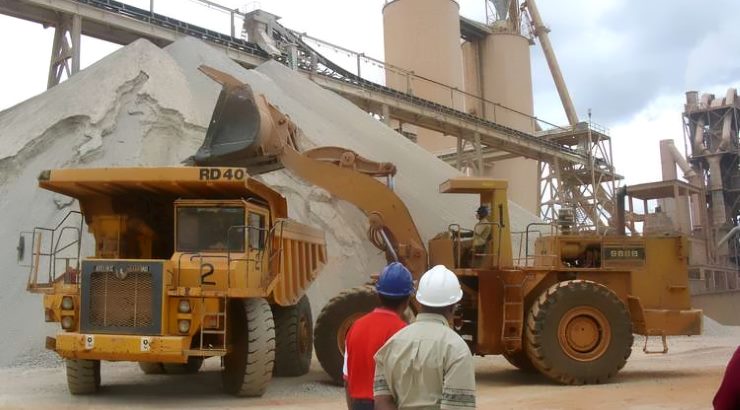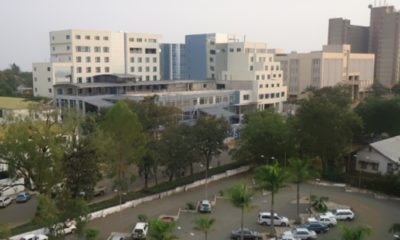Industry News
Cement firms wage fight for clients as new rivals flood market
The emergence of new players has brought about some stiff competition in the market.

Kenya’s top cement manufactures are aggressively pushing for bigger market share in the wake of on-going expansions and establishment of new players that are expected to flood the commodity into the market.
According to a research by Standard Investment Bank, established manufacturers such as Bamburi and East African Portland Cement (EAPCC) are having a rough time protecting their turf from new players that have grabbed a significant share of their market.
The study, which was released last month, showed that Mombasa Cement – the maker of Nyumba brand – now holds a market share of 15.8 per cent behind the country’s largest cement maker Bamburi, which commanded 32.6 per cent of the market as at the end of 2016.
The company that began operations in 2007 has dislodged EAPCC from the second to the third position with a market share of 15.1 per cent, slightly ahead of another newcomer Savannah Cement at 15.0 per cent.
EAPCC previously controlled 20 per cent of the market but this has been eroded by various factors among them corporate governance issues that have affected its operations.
ARM, which is listed at the Nairobi Securities Exchange – just like Bamburi and EACC, now controls 13.5 per cent of the market, followed by National Cement — maker of Simba brand — at 8.0 per cent.
National Cement was founded in 2008, while Savannah began operations in 2012.
The emergence of new players has brought about some stiff competition in the market, which has kept cement prices flat at Sh630 to Sh700 per 50-kilogramme bag for the past decade.
READ: Kenya’s cement prices drop to 15-year low on, could fall further
To overcome price challenges, the manufacturers are now turning to innovative products such as high-strength varieties used in infrastructure projects as well as ready mix concrete.
“We expect competition in high strength (42.5 & 52.5 grades) and ready mix concrete to intensify as producers respond to the growing demand from large-scale projects,” the SIB report says.
Despite the challenges, manufacturers are optimistic that the growth of the industry will persist in coming years and are investing billions of shillings in additional capacity.
Savannah Cement, for example, is expanding its Athi River plant to double its capacity from 1.2 million to 2.4 million metric tonnes by 2019. Bamburi and ARM are also upgrading their plants to add 900,000 and 650,000 metric tonnes annually in about two years.
Kenya’s cement consumption stood at 2.5 million metric tonnes in the first five months of this year compared to 2.56 million in a similar period in 2016.
This indicates a contraction in the construction, one of the sectors that have been dealt a major blow by a decline in private sector lending.
According to a report by NIC Securities, home builders segment of the cement market – which accounts for 75 per cent of the demand – has been badly hit by lack of credit hence the slowdown.












